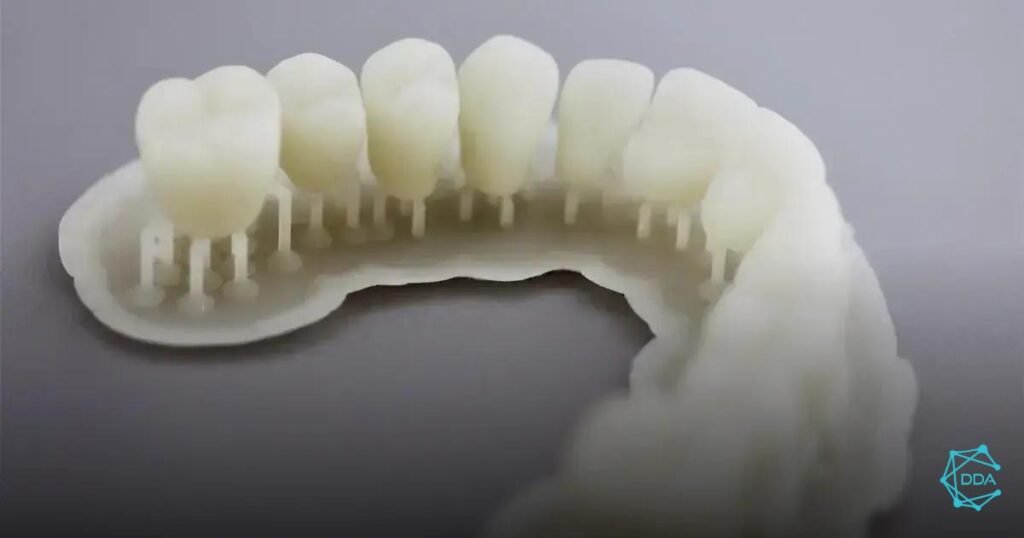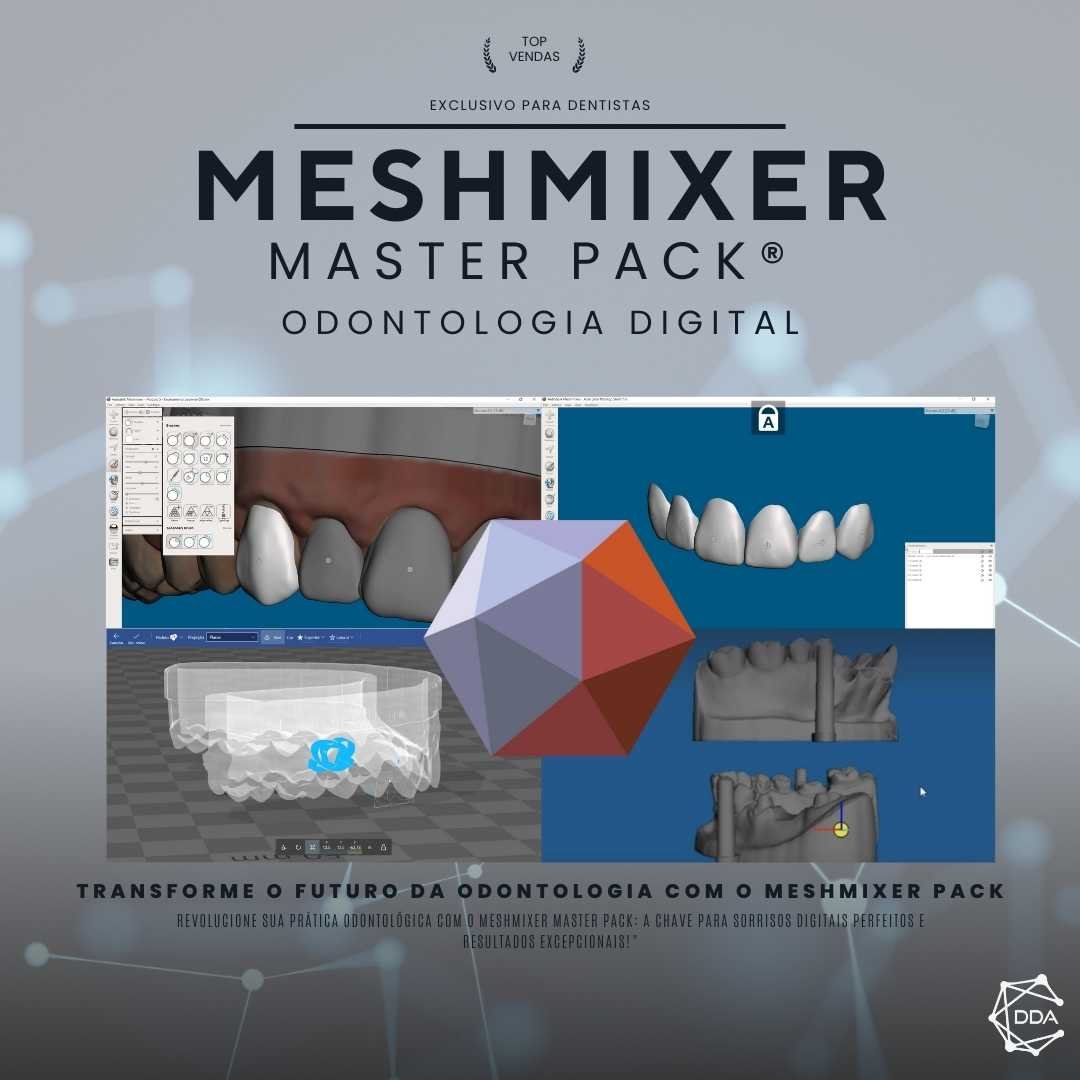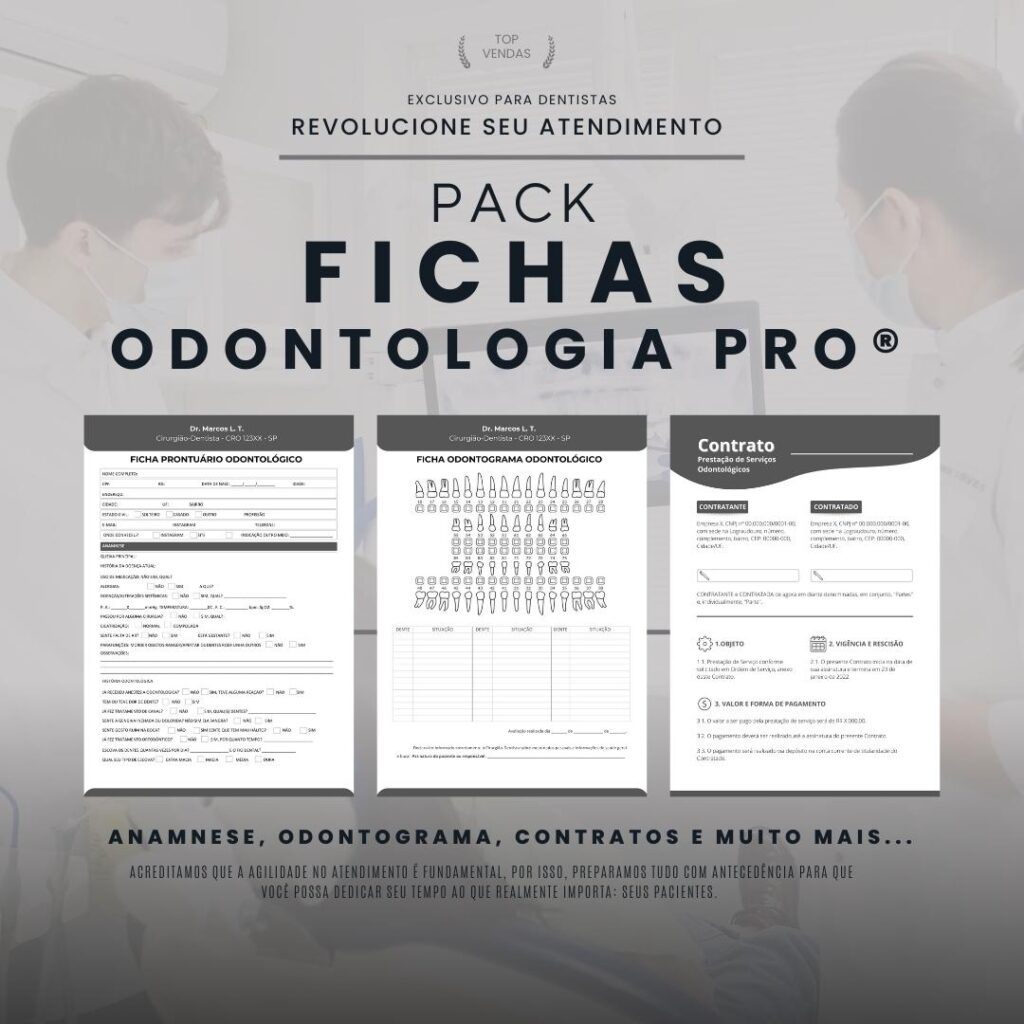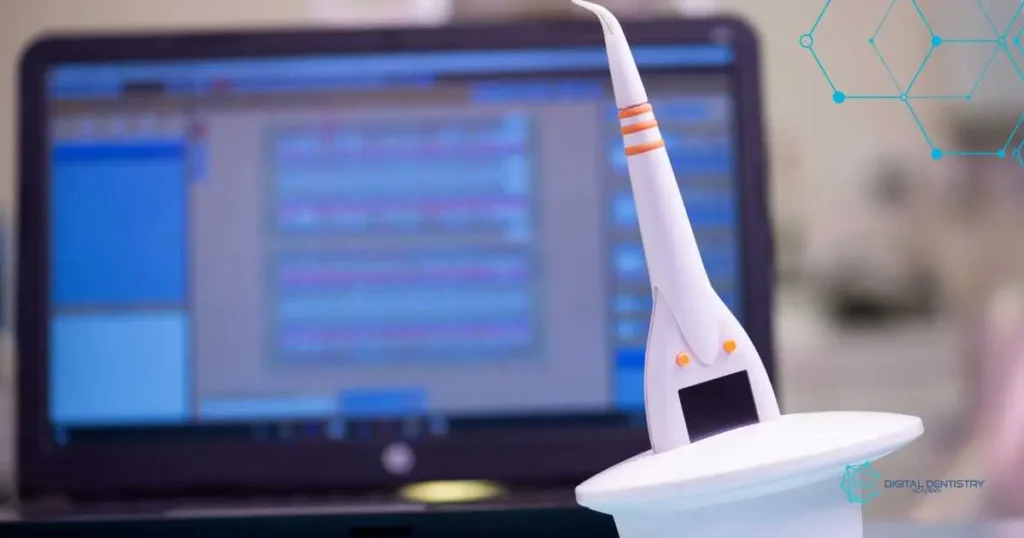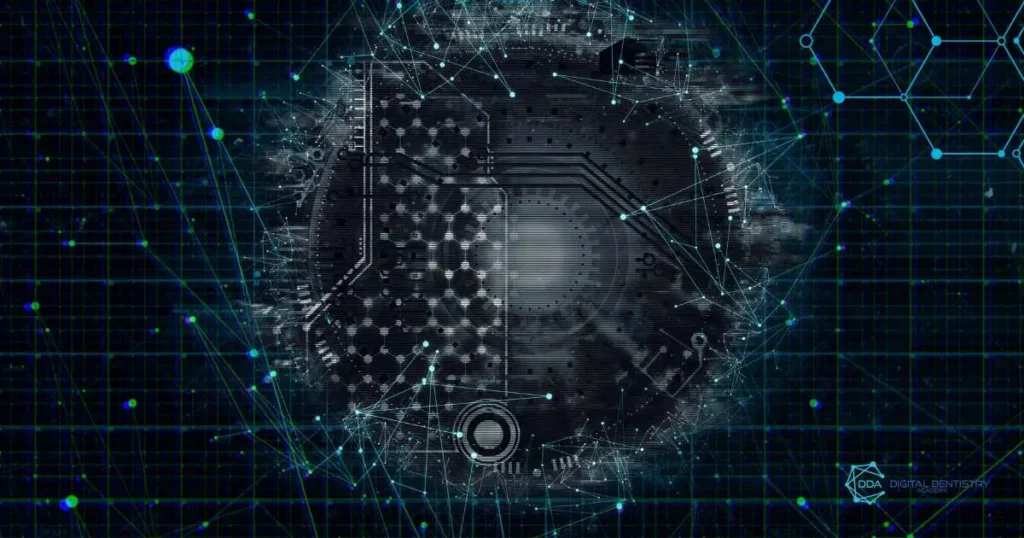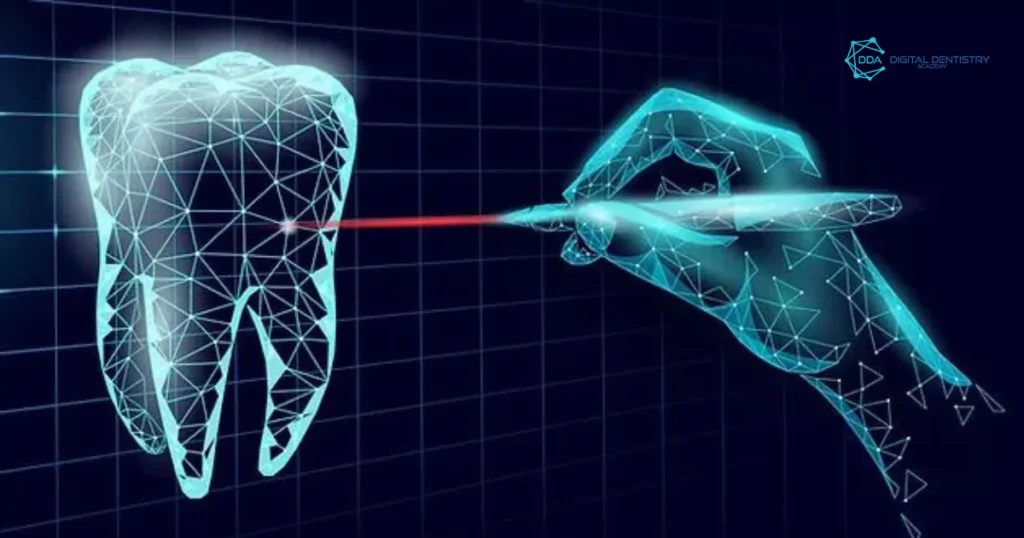A digital innovation in dentistry is changing the way dentists interact with patients and perform treatments. With the advancement of technology, new tools emerge that improve the efficiency and accuracy of procedures. In this article, we will explore the main innovations that are transforming dentistry, providing a better experience for patients and optimizing the work of professionals in the field.
Teledentistry: The Future of Care
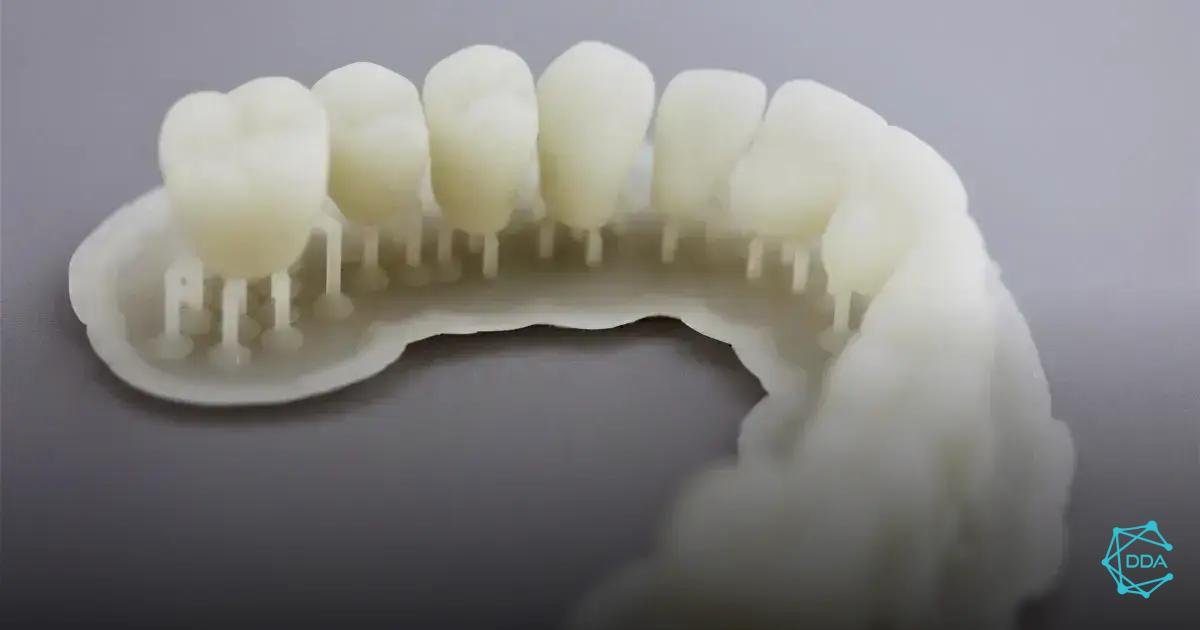

A teleodontology is an innovation that has been gaining prominence in the oral health scenario. This practice allows dentists to carry out consultations and care remotely, using communication technologies such as video calls and messaging applications. This provides a greater accessibility to patients, especially those who live in remote areas or who have difficulty traveling to the office.
Furthermore, teledentistry facilitates the continuous monitoring of patients’ oral health. Dentists can monitor the progress of treatments, answer questions and provide guidance quickly and easily. This constant interaction helps to avoid complications and ensures that patients are always well informed about their dental care.
Another significant benefit is the cost reduction. With teledentistry, patients save time and money by avoiding unnecessary travel. For dentists, this also means more efficient time management, allowing them to see more patients in a shorter period of time.
Ultimately, teledentistry represents the future of dental care, combining technology and human care. As more professionals adopt this approach, the quality of care and patient satisfaction are expected to increase significantly.
3D Printing in Prosthesis Creation
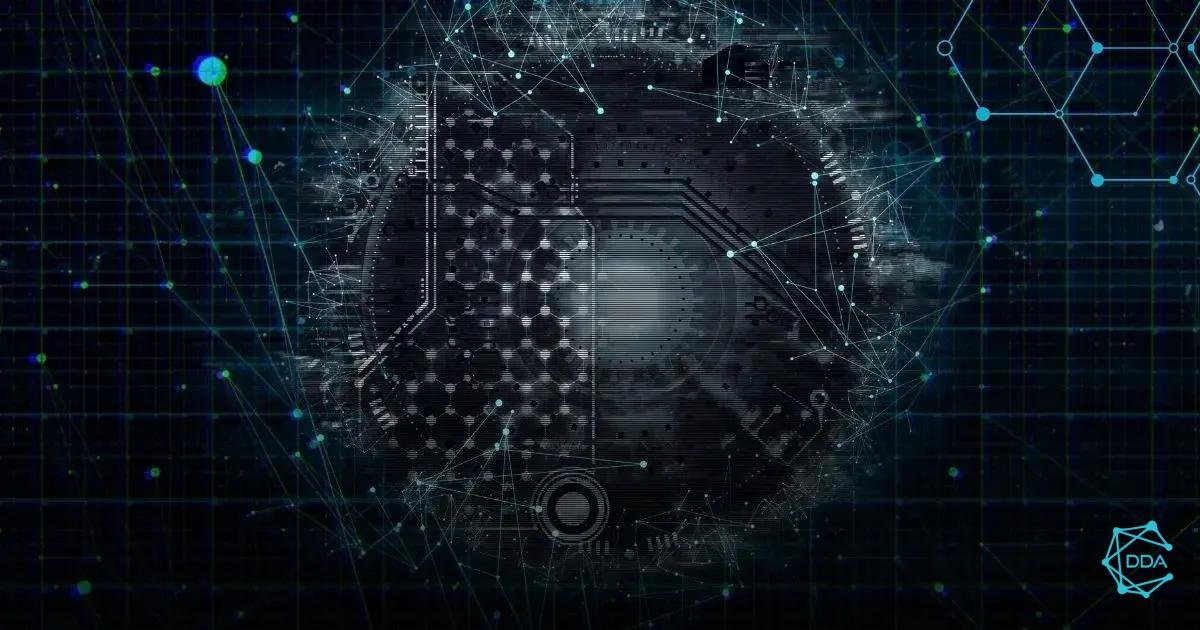

A 3D printing in the creation of prosthetics is revolutionizing dentistry by offering personalized, high-precision solutions. This technology allows dentists to create custom-made dental prosthetics according to the specific needs of each patient. The result is a perfect fit and unparalleled comfort.
One of the main benefits of 3D printing is the reduction of production time. Traditionally, the creation of dentures could take days or even weeks, but with 3D printing, this process can be completed in just a few hours. This not only speeds up the treatment, but also improves the patient experience, as they don’t have to wait long periods of time to receive their dentures.
Furthermore, 3D printing allows for a greater precision and quality in the final results. Using advanced software and scanning techniques, dentists can create extremely detailed digital models, ensuring that each denture fits perfectly in the patient’s mouth. This minimizes the need for later adjustments and improves the aesthetics of the smile.
Another advantage is the cost reduction. With 3D printing, the materials used can be optimized, and waste is significantly reduced. This results in savings for both professionals and patients, making treatments more accessible.
Ultimately, 3D printing is shaping the future of dentistry, enabling mass customization and continuous innovation. As this technology advances, more dentists are expected to embrace 3D printing, further improving the quality of treatments and patient satisfaction.
Use of Advanced Imaging Technologies


O use of advanced imaging technologies in dentistry is transforming the way dentists diagnose and treat oral conditions. These technologies, which include CT scans, digital X-rays and intraoral scanners, provide high-definition images that allow for detailed analysis of patients’ dental health.
One of the main advantages of advanced imaging technologies is the accuracy in diagnosis. With clearer, more detailed images, dentists can identify problems that might otherwise go unnoticed with traditional X-rays. This results in faster, more accurate diagnoses and more effective treatments.
Additionally, digital imaging technologies improve the communication with patients. Dentists can display images in real time, explaining dental conditions in a clearer and more visual way. This helps patients better understand the procedures needed and make informed decisions about their treatments.
Another important benefit is the reducing radiation exposure. Digital X-rays, for example, use significantly less radiation than traditional methods. This is especially beneficial for patients who require multiple X-rays throughout their treatment.
Ultimately, the use of advanced imaging technologies is redefining the practice of dentistry, providing more accurate diagnoses, improved communication, and safer treatments. As these technologies continue to evolve, they are expected to play an even more crucial role in modern dentistry.
Artificial Intelligence in Dental Diagnosis
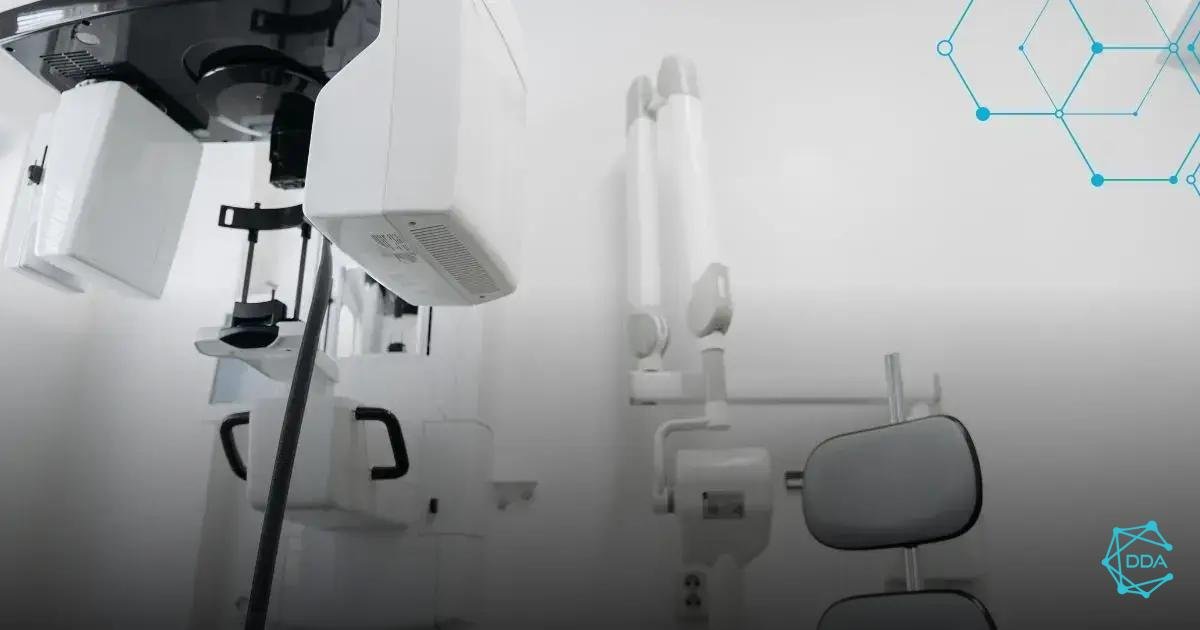

A artificial intelligence in dental diagnosis is emerging as a powerful tool that promises to revolutionize dental practice. This technology uses advanced machine learning algorithms to analyze data and images, offering faster and more accurate diagnoses.
One of the main advantages of artificial intelligence is the ability to process large volumes of information in a matter of seconds. This allows dentists to identify dental problems, such as cavities and periodontal disease, with an accuracy that often surpasses human analysis. AI can also detect subtle changes that might otherwise go unnoticed, increasing the accuracy of diagnoses.
Furthermore, artificial intelligence can assist in personalization of treatments. By analyzing a patient’s medical and dental history, as well as their preferences and needs, AI systems can suggest tailored treatment plans, improving the patient experience and bottom-line outcomes.
Another significant benefit is the reduction of human errors. AI can help minimize subjectivity in the interpretation of images and data, ensuring that clinical decisions are based on solid evidence. This not only improves the quality of care, but also increases patient confidence in diagnosis and treatment.
Ultimately, artificial intelligence in dental diagnostics represents a new era in oral health. As this technology advances and becomes more accessible, its adoption is expected to become standard in dental practices, improving accuracy, efficiency and patient satisfaction.
Digital Scheduling and Management Solutions
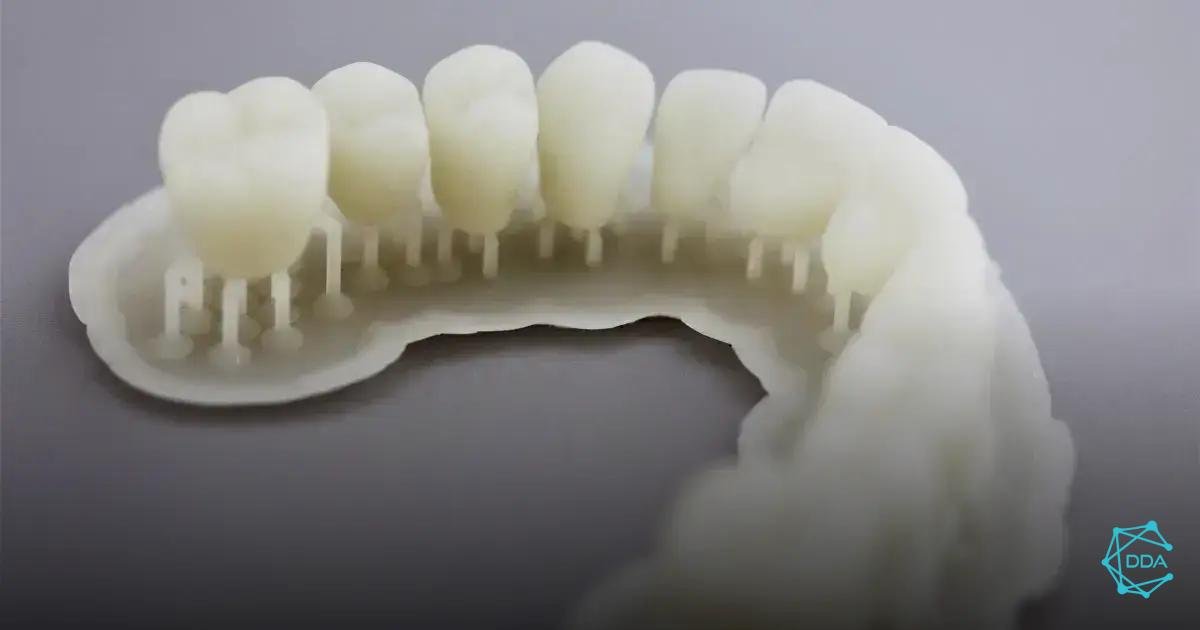

To the digital scheduling and management solutions are transforming the way dental practices operate, bringing greater efficiency and convenience to both professionals and patients. These digital tools allow dentists to manage their schedules in an optimized way, avoiding scheduling conflicts and maximizing the use of time.
One of the main advantages of these solutions is the ease of scheduling. Patients can book appointments online, at any time of the day, without having to call the office. This not only improves the patient experience, but also reduces the workload of the reception staff, allowing them to focus on other important tasks.
Additionally, digital solutions often include automatic appointment reminders, which can be sent via SMS or email. This helps to reduce absences and ensures that patients are always informed about their appointments, improving adherence to treatment.
Another important feature is the electronic medical record management. With these solutions, dentists have quick and easy access to patient information, including treatment history, exams and prescriptions. This not only improves continuity of care, but also facilitates communication between healthcare professionals.
Finally, digital scheduling and management solutions are shaping the future of dentistry, making practices more organized and appointments more efficient. As more dentists adopt these technologies, the quality of care and patient satisfaction are expected to increase significantly.

